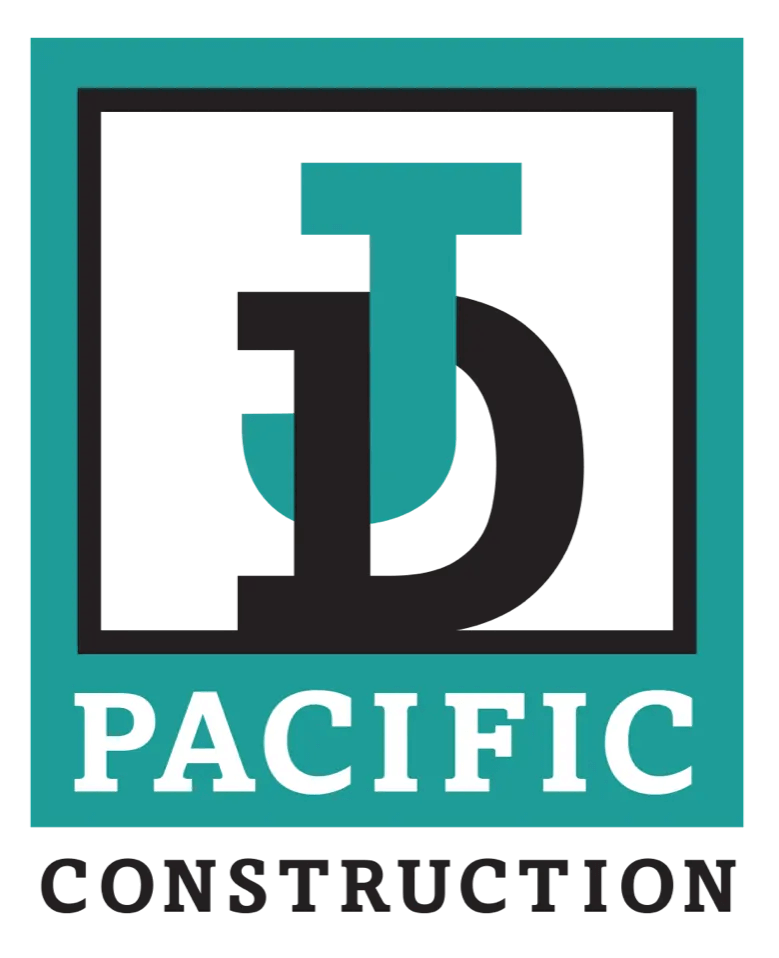Independence Day, celebrated on July 4th, is a time to reflect on the achievements and progress of the United States. One of the key areas where the U.S. has demonstrated remarkable innovation is in the field of construction. From the early days of the nation to the present, American construction techniques and technologies have evolved significantly, contributing to the country’s development and global influence. Here, we explore some of the groundbreaking construction innovations that have shaped the American landscape.
The Skyscraper Revolution
The invention of the skyscraper is one of America’s most iconic contributions to the field of construction. The Home Insurance Building in Chicago, completed in 1885, is often regarded as the world’s first skyscraper. With a steel frame structure, it paved the way for taller buildings, transforming city skylines across the globe. The skyscraper boom continued with structures like the Empire State Building and the Willis Tower, showcasing American ingenuity in engineering and design.
Prefabrication and Modular Construction
In the mid-20th century, America saw a surge in the use of prefabrication and modular construction techniques. These methods involved assembling building components in a factory setting and then transporting them to the construction site for final assembly. This innovation significantly reduced construction time and costs. The rise of suburban housing developments post-World War II, such as the iconic Levittown communities, demonstrated the effectiveness and scalability of these techniques.
Sustainable and Green Building Practices
In recent decades, the focus has shifted towards sustainability and eco-friendly construction practices. The U.S. Green Building Council (USGBC) introduced the Leadership in Energy and Environmental Design (LEED) certification in 1998, setting the standard for environmentally responsible construction. LEED-certified buildings, such as the Bank of America Tower in New York City, are designed to reduce energy consumption, water usage, and overall environmental impact.
Advanced Materials and Technology
The development and application of advanced materials have revolutionized American construction. High-performance concrete, structural insulated panels (SIPs), and cross-laminated timber (CLT) are just a few examples of materials that offer improved durability, efficiency, and sustainability. Furthermore, the integration of technology, such as Building Information Modeling (BIM) and 3D printing, has streamlined construction processes, enhanced precision, and reduced waste.
Smart Buildings and Cities
The advent of smart technology has given rise to intelligent buildings and cities that optimize resources and improve the quality of life for residents. Smart buildings use sensors and automation to control lighting, heating, and security systems, enhancing energy efficiency and comfort. Projects like Hudson Yards in New York City exemplify the potential of integrating technology with urban planning, creating sustainable and interconnected urban environments.
Resilient Infrastructure
With increasing awareness of natural disasters and climate change, American construction has prioritized resilient infrastructure. Innovations in design and engineering, such as earthquake-resistant buildings and flood-proofing measures, are crucial for protecting communities. The replacement of the Tappan Zee Bridge with the Mario M. Cuomo Bridge, designed to withstand extreme weather conditions, is a testament to America’s commitment to building robust infrastructure.
Conclusion
As we celebrate Independence Day, it’s important to recognize the significant contributions of American construction innovations. From the pioneering skyscrapers to the latest sustainable and smart building practices, the U.S. has consistently pushed the boundaries of what is possible in construction. These advancements not only shape the nation’s physical landscape but also enhance the quality of life and set new standards for the world to follow.
References: ProCrew Schedule, Raken




